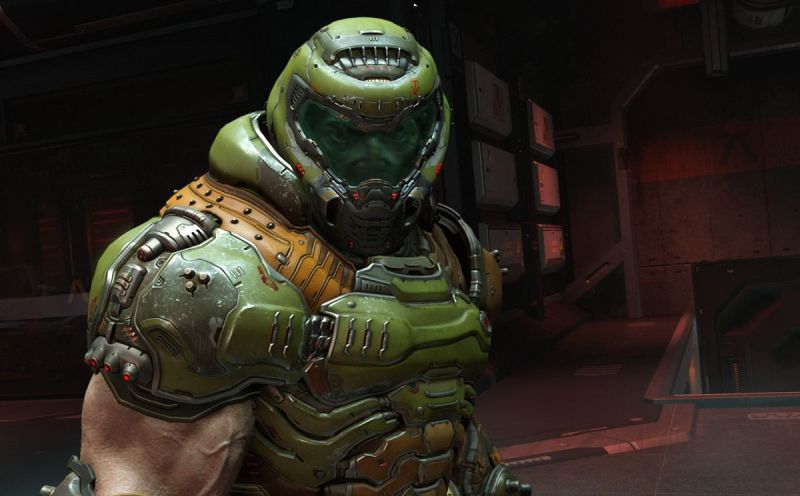Four years after id Software and Bethesda Softworks released the DOOM reboot, the studios officially released its sequel, DOOM Eternal. Like the reboot, and unsurprisingly, the follow-up to the critically acclaimed 2016 title features more of the same over-the-top, demon-slaying and viscera-producing gameplay, along with several new gameplay features.
In light of the ongoing Coronavirus (COVID-19) pandemic and Restricted Movement Order (RMO), I found some time to sit down and play the game on the PC and see what id Software has added, kept, or changed since the last time I played as the Doom Slayer.
Welcome to Hell On Earth
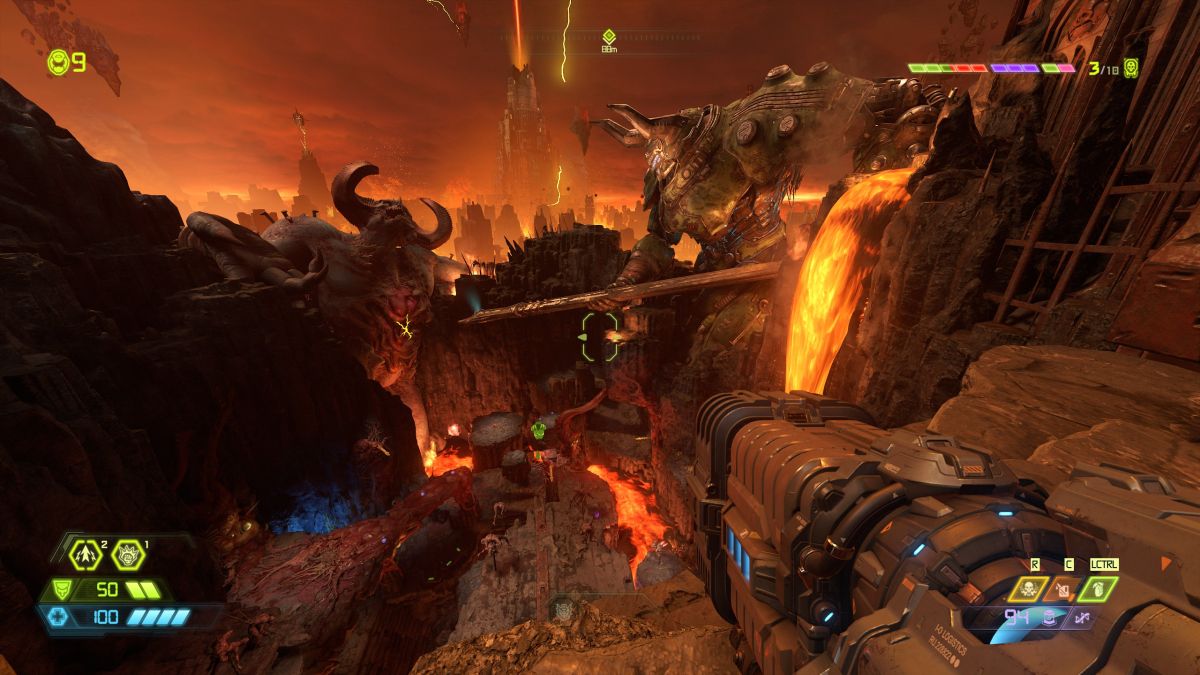
According to the official fluff, DOOM Eternal takes place two years after the events of the first DOOM. The Doom Slayer, having managed to once again escape Hell – after put there by Dr. Samuel Hayden – sets a course to Planet Earth. Overrun by demonic forces from the place he had just escaped from prior.Humanity, in a last ditch effort, bands together under the banner of a coalition called ARC.
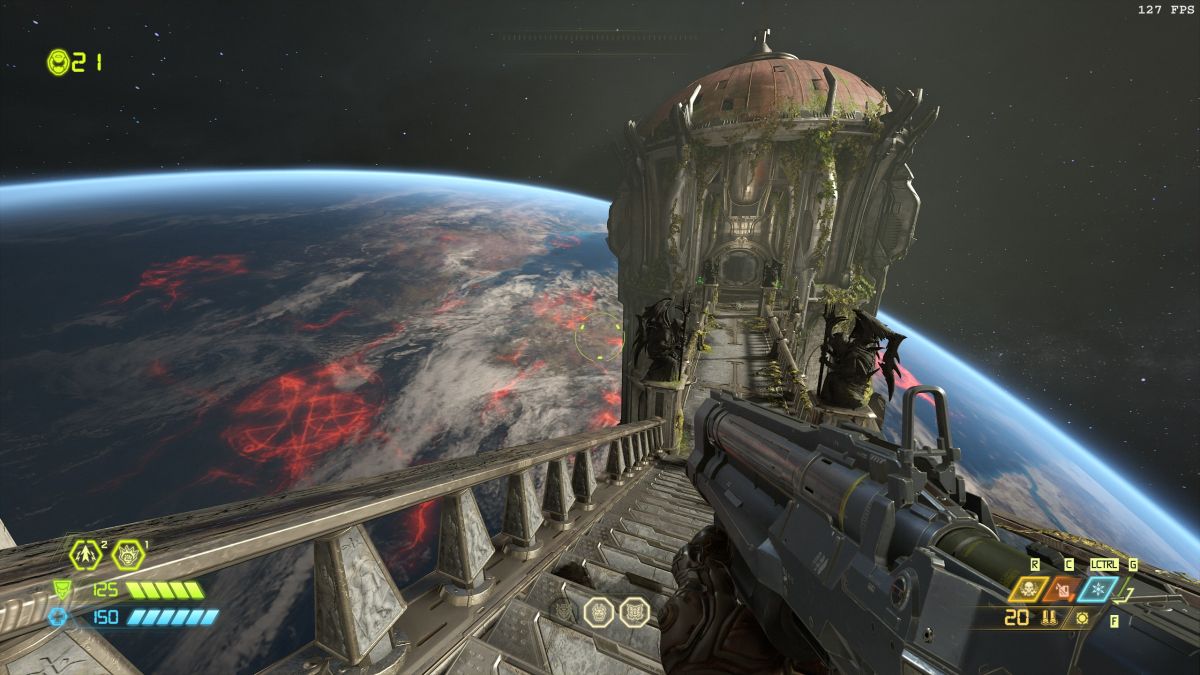
The plot points of DOOM Eternal then, are pretty straightforward; stop the demonic invasion on Earth, destroy the source and in doing so, ensure the survival of the human race. The bottom line, though, is that the Doom Slayer is really pissed at the event on Earth, so much so that he’s had to bring his Fortress of Doom (Yes, that’s the actual name of his base) along with him.
Still DOOM, Just Brighter And Cheerier
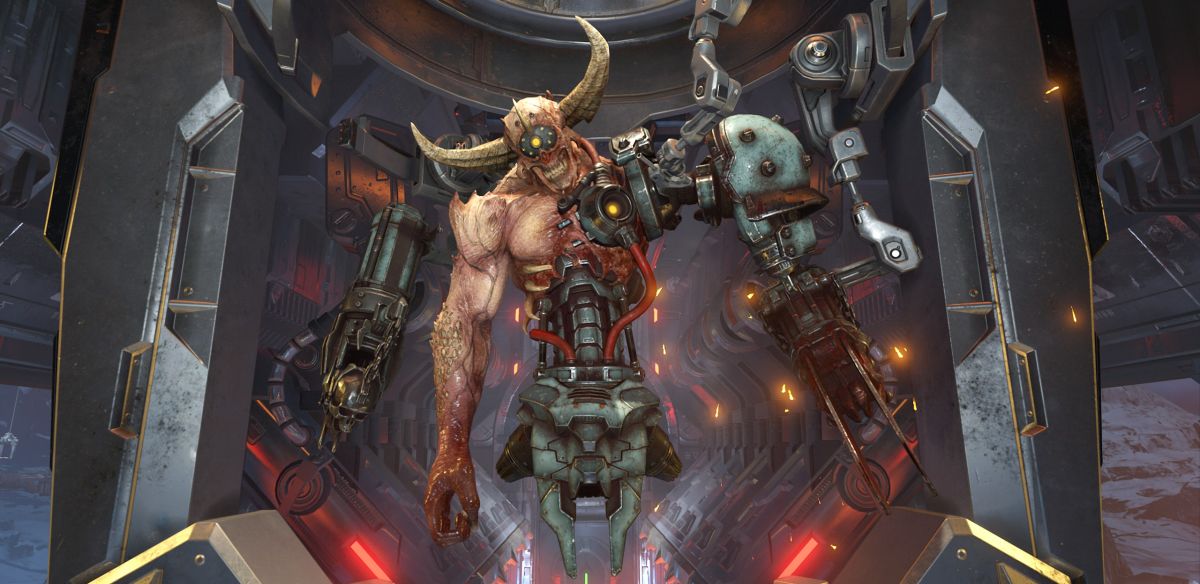
If you played the DOOM reboot, the first thing you’ll notice is that the monster designs of DOOM Eternal have been given something of a facelift, along with its environment. Compared to the last game, everything looks so much brighter and punchier and, if nothing else, harken back to the original monster designs of the original DOOM game from 1993.
Where DOOM 2016 featured a generally darker theme with stunning visuals, the sequel’s monsters take on a more cartoonish texture; Cacodemons – those big red, one-eyed, mounds of flesh that float around – for example, are hard to ignore. Whether they’re a part of a posse of monsters you’re about to lean into or just simply floating about in the background.
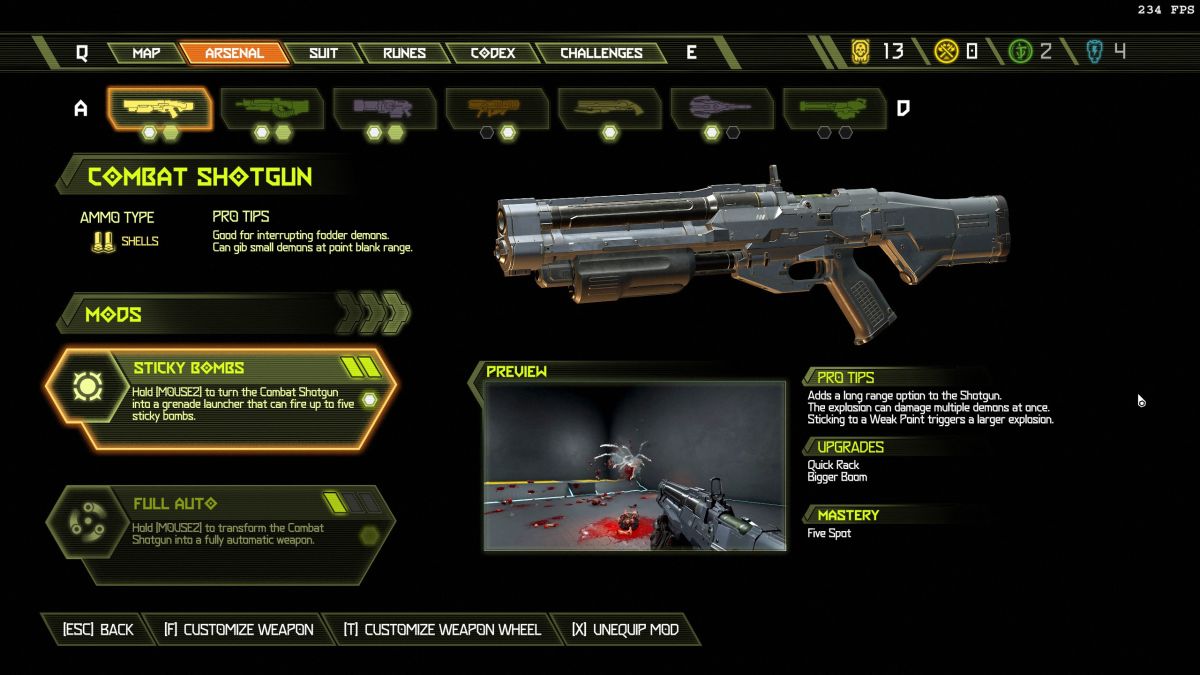
Even the UI and in-game menus have been changed, in order to reflect that said cartoonish layout. Like the monsters, icons and actions prompts really pop out and look less machine-cut and sleek than the UI of the reboot.
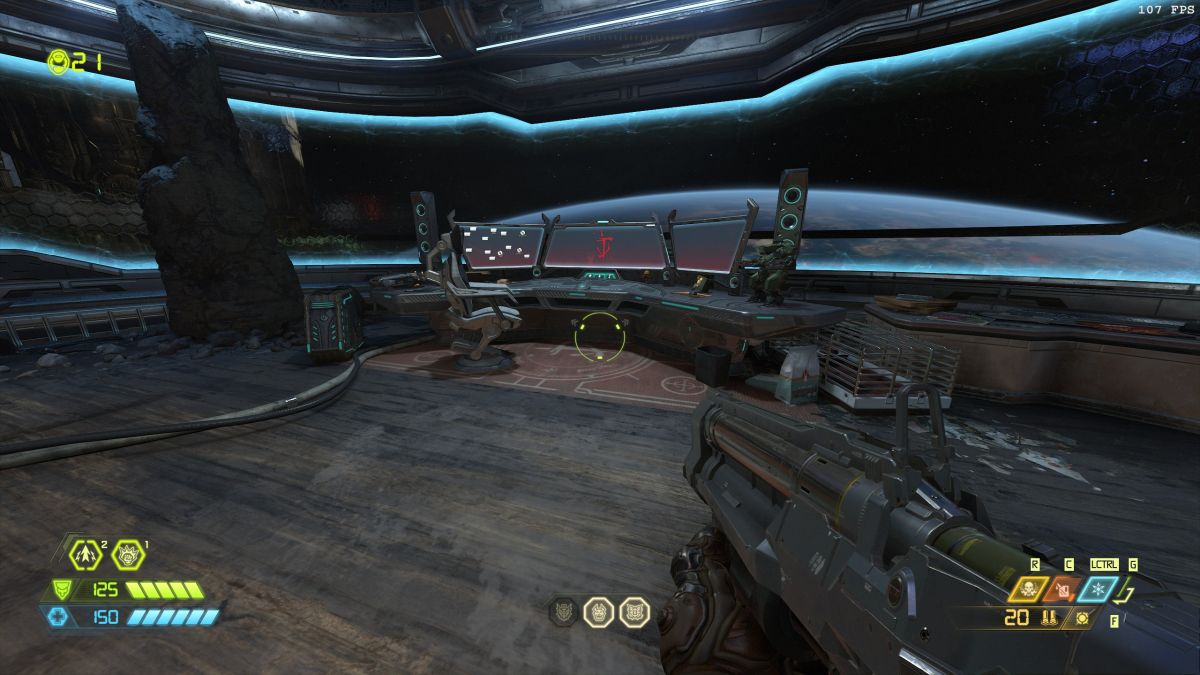
Further, in keeping with the whole “Doom Metal” theme, the fonts look like they were taken straight out those vintage, cheesy-looking metal albums from the 80s and early 90s.
Rip & Tear, Until It Is Done
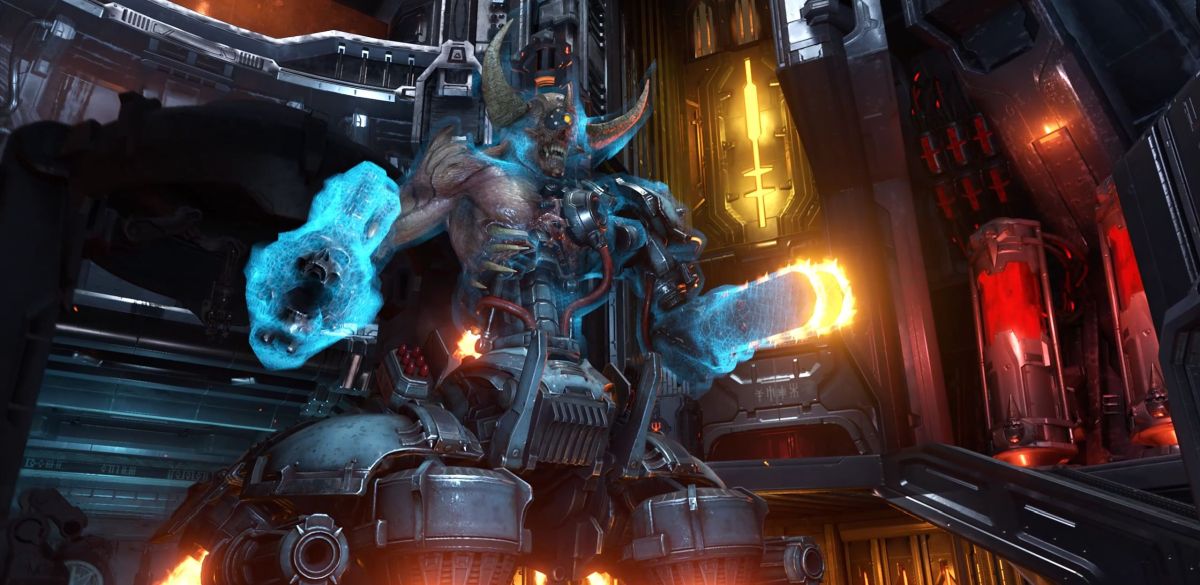
Of course, character, monster, and environmental design aside, the core attraction of the DOOM Eternal is, beyond a shadow of a doubt, its gameplay. As I mentioned at the start, the game retains many of the action-packed features that were first introduced in DOOM 2016, chief among them being the Glory Kill sequences and the Doom Slayer’s “I care not” general attitude towards the plight of other characters in-game.
All the weapons from DOOM 2016 have also returned, albeit with new skins and some with slightly different secondary functions. But as I said, DOOM Eternal also introduces several new weapons, gameplay and combat mechanics.
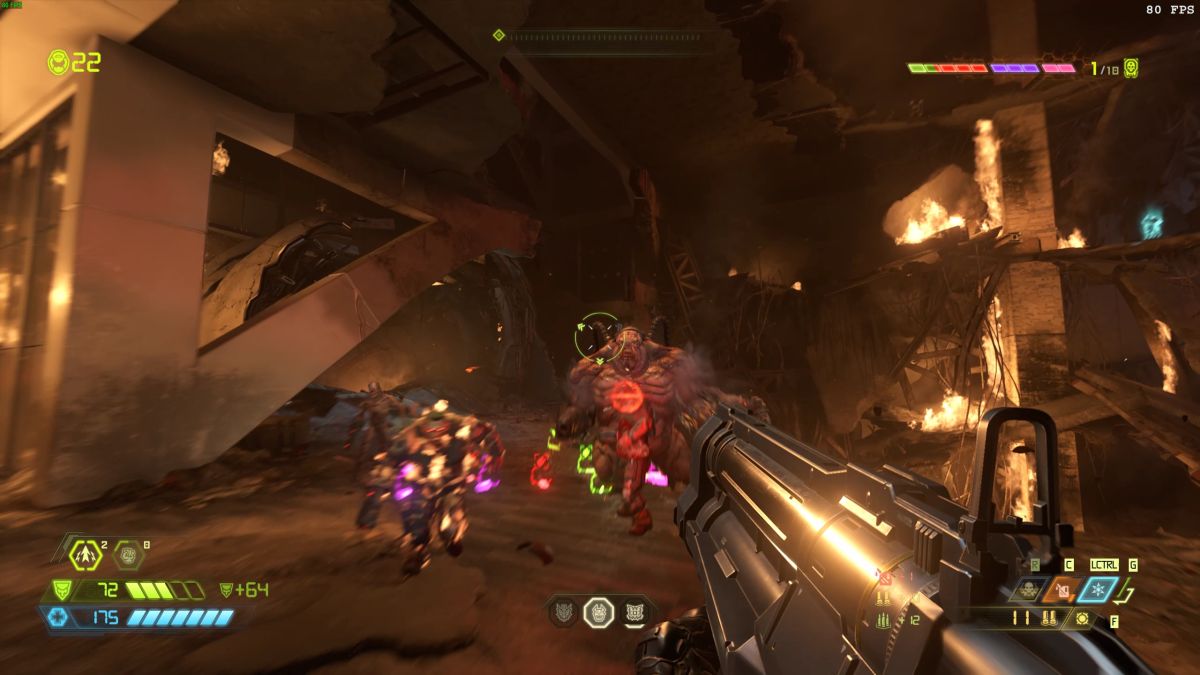
One such mechanic is the ability to dash around the battlefield, making the Doom Slayer an even more agile death-dispensing harbinger of…well, Doom. It wasn’t put in there for show either; the good folks at id Software added in the feature as a way for players to engage and disengage from a battle. Especially when things get a little dicey.
That brings us nicely into the next subject: the combat mechanics of DOOM Eternal. Almost every monster in every encounter is designed to constantly engage you. Closing the gap on the Doom Slayer and by doing so, creating a sense of panic for the player. It’s really like a game of chess, only instead of taking turns to move, you’re continuously being engaged in a ballet of bullets and viscera.
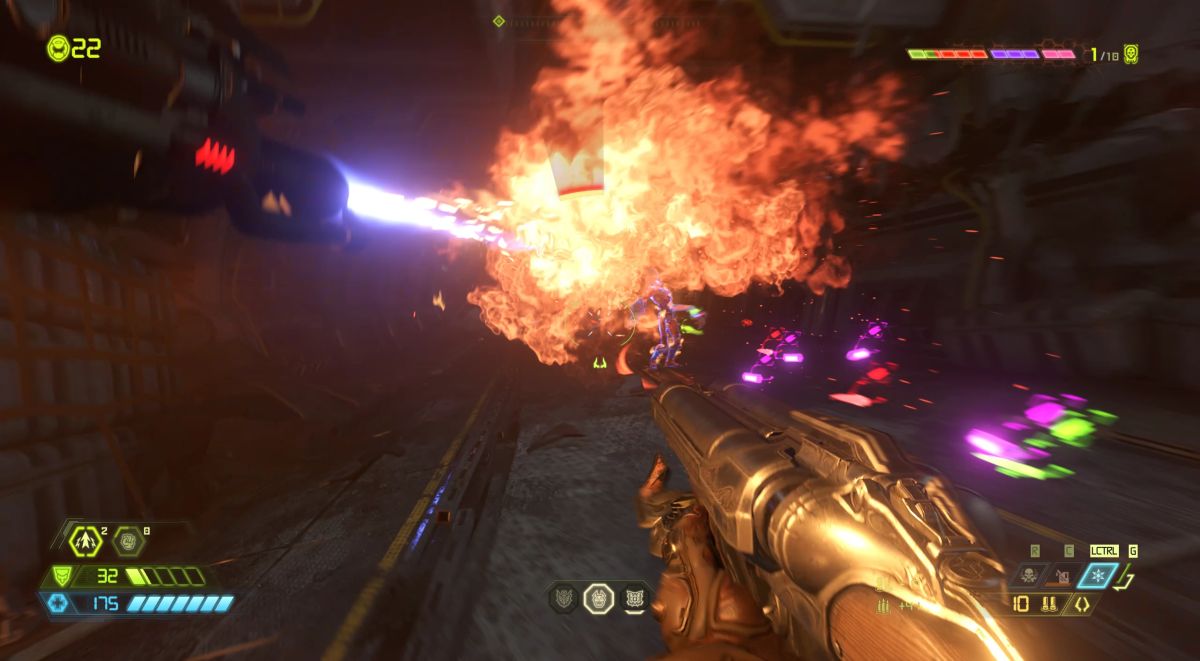
Speaking of bullets, that’s another mechanic id Software has changed, or made challenging, if you will. Unlike DOOM, Ammunition for all weapons is considerably more scarce and requires constant replenishment. In which there are only two methods of doing so: pick up weapon-specific ammo laid out in different parts of the world or simply chainsaw a low-level zombie to make them drop the necessary ammo for all weapons in your arsenal.
Even the weapons’ mechanics have now been made task-specific, and id Software has even put little meta-games in and around DOOM Eternal to reflect those changes. For example, the shotgun’s Sticky Bomb modification gives the otherwise close-quarters weapon a long-range option, but it can also be used to take out key parts and limbs of a large monster. Likewise, the sharpshooter Scope for the Heavy Rifle can be used to pick off a said limb from a distance, at the cost of reload speed.
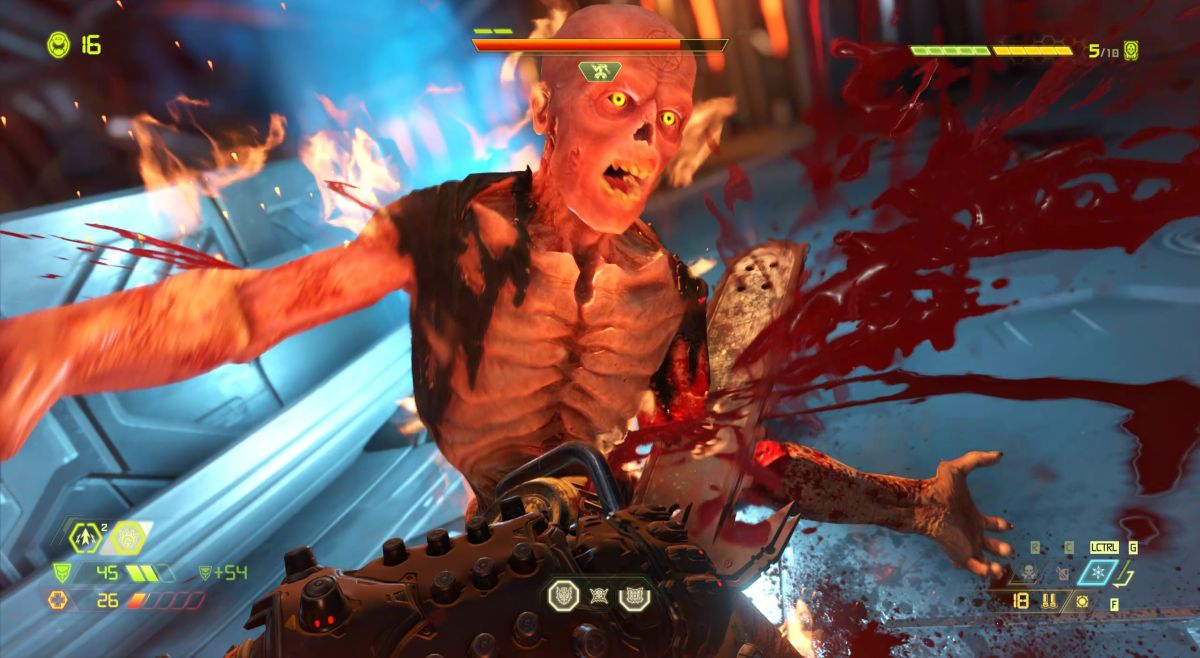
Successfully eliminating these parts are confirmed by a loud, metallic “Ding!” and feel just as rewarding. As by doing so disables a monster’s otherwise core ability to make the Doom Slayer’s life hell in a fight.
I would be remiss if I didn’t mention that there’s also a learning curve in DOOM Eternal and in my personal opinion, it’s considerably steeper than the one in DOOM 2016. On average, it took me around five to seven battles – plus several deaths – to get used to the idea of darting in and out of combat, setting mobs on fire to replenish armour, and taking out their mini turrets and shoulder-mounted rocket launchers before going in for the kill. Naturally, Glory Kills are pretty much second nature.
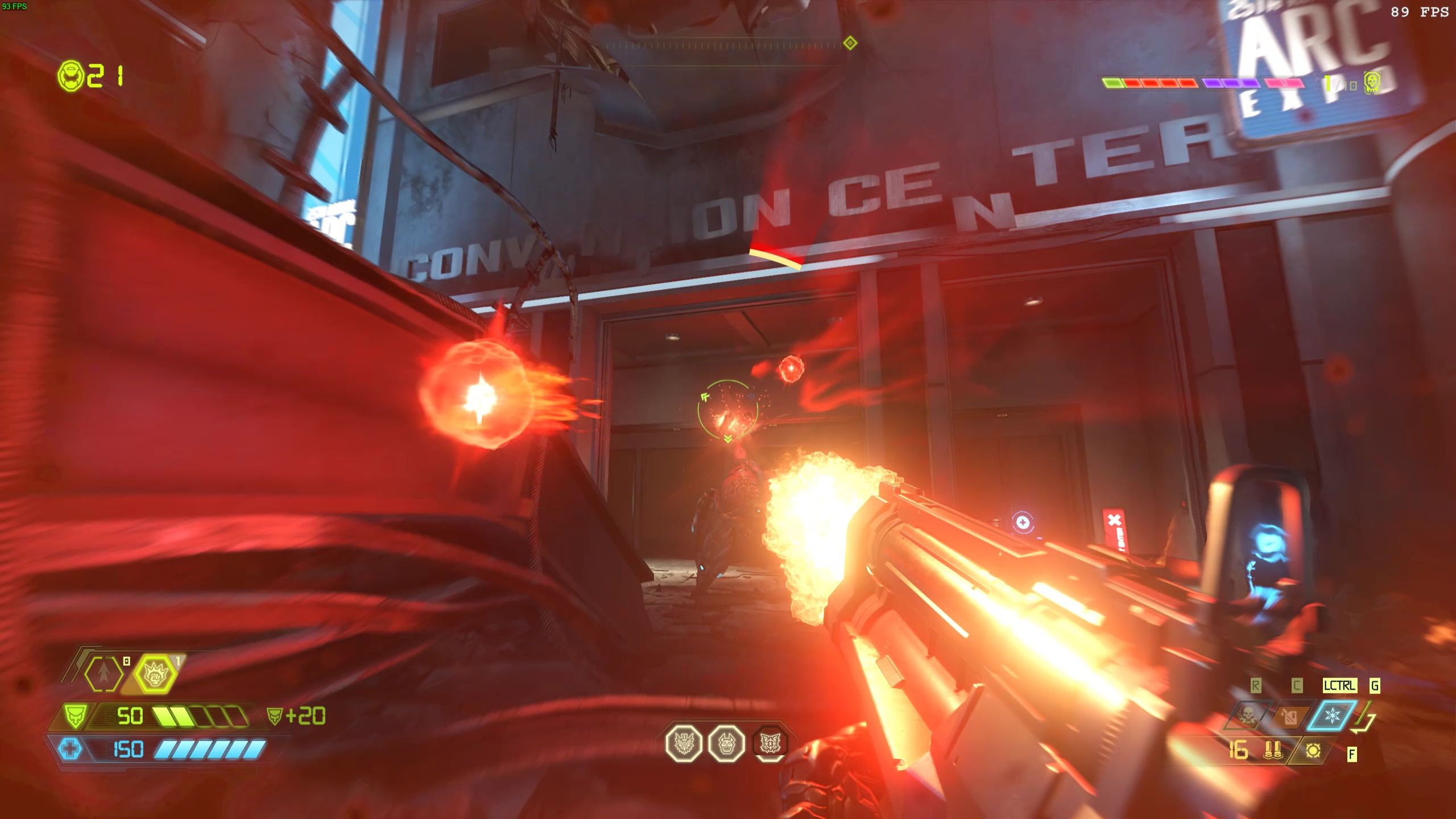
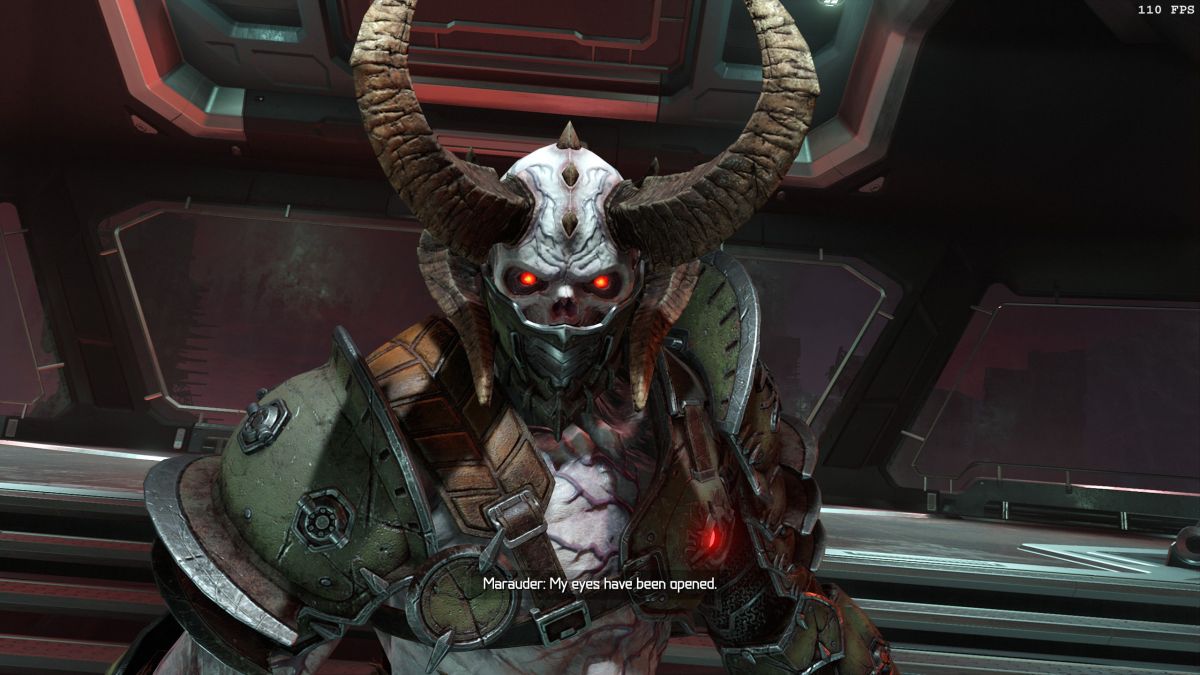
That isn’t to say DOOM Eternal absolutely punishes you for not “getting good” at the game. Again, unlike DOOM 2016 and regardless of your difficulty level, the game now has an “Extra Life” mechanic in effect, and as long as you have those in your inventory, I was basically just getting back into the fight without having to reload from my last checkpoint.

Above all else, let’s not forget about the soundtrack of DOOM Eternal. Like its predecessor, the sequel’s Heavy Metal soundtrack was scored by Mick Gordon and features, of all things, a Heavy Metal choir. It’s a fantastic blend of shouting and guttural throat singing – the latter provided by the late Nature Ganganbaigal – and works exceedingly well at imposing a sense of dread and that “Here we go again” feeling during major boss battles.
A Sequel Worth Its Weight In Blood
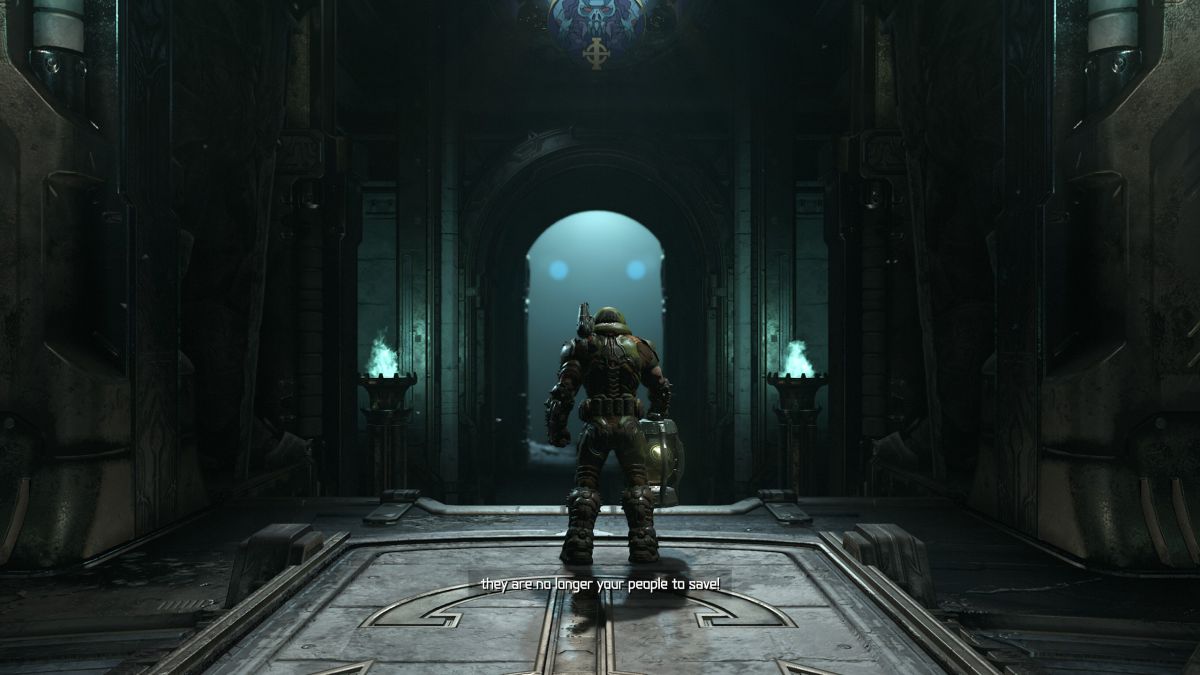
DOOM 2016 was undoubtedly a great game, and it was a game that effectively raised the bar for the first-person shooter genre. At the same time, many fans and newcomers were left wondering if id Software and Bethesda Software would be able to replicate that success in this sequel.
At the time of publishing, I am halfway through DOOM Eternal and I am happy to say that the studios have not disappointed from that standpoint. For those of you who played DOOM 2016, it’s definitely a title worth adding to your games library. To the newcomers, I strongly urge you to start with the first game before getting into this, not so much for the story – which is pretty straightforward – but more to get acclimated to the franchise’s general combat mechanics.
Follow us on Instagram, Facebook, Twitter or Telegram for more updates and breaking news.


